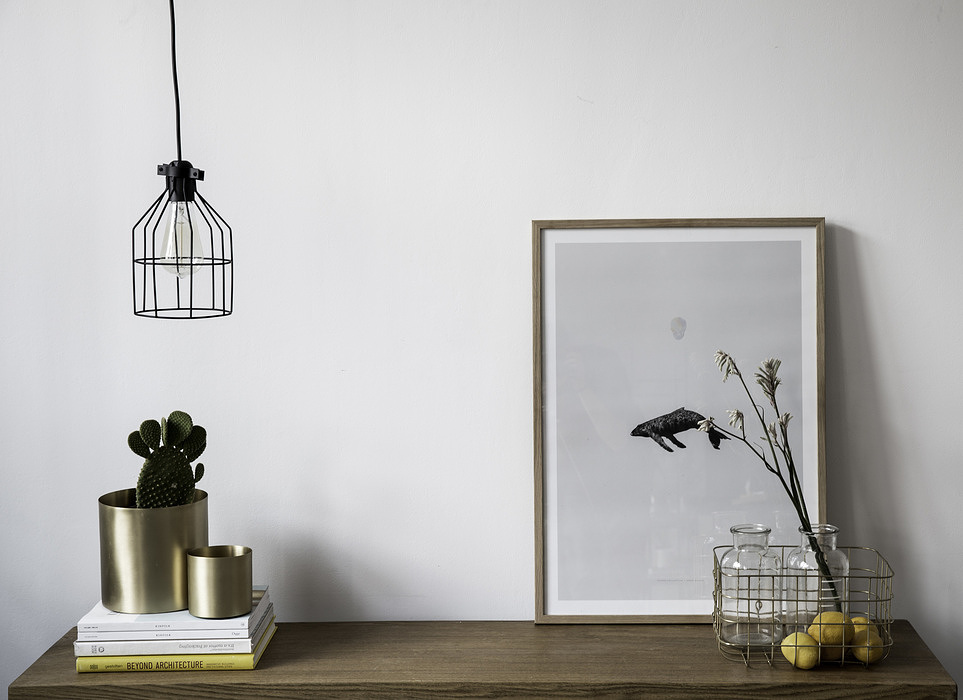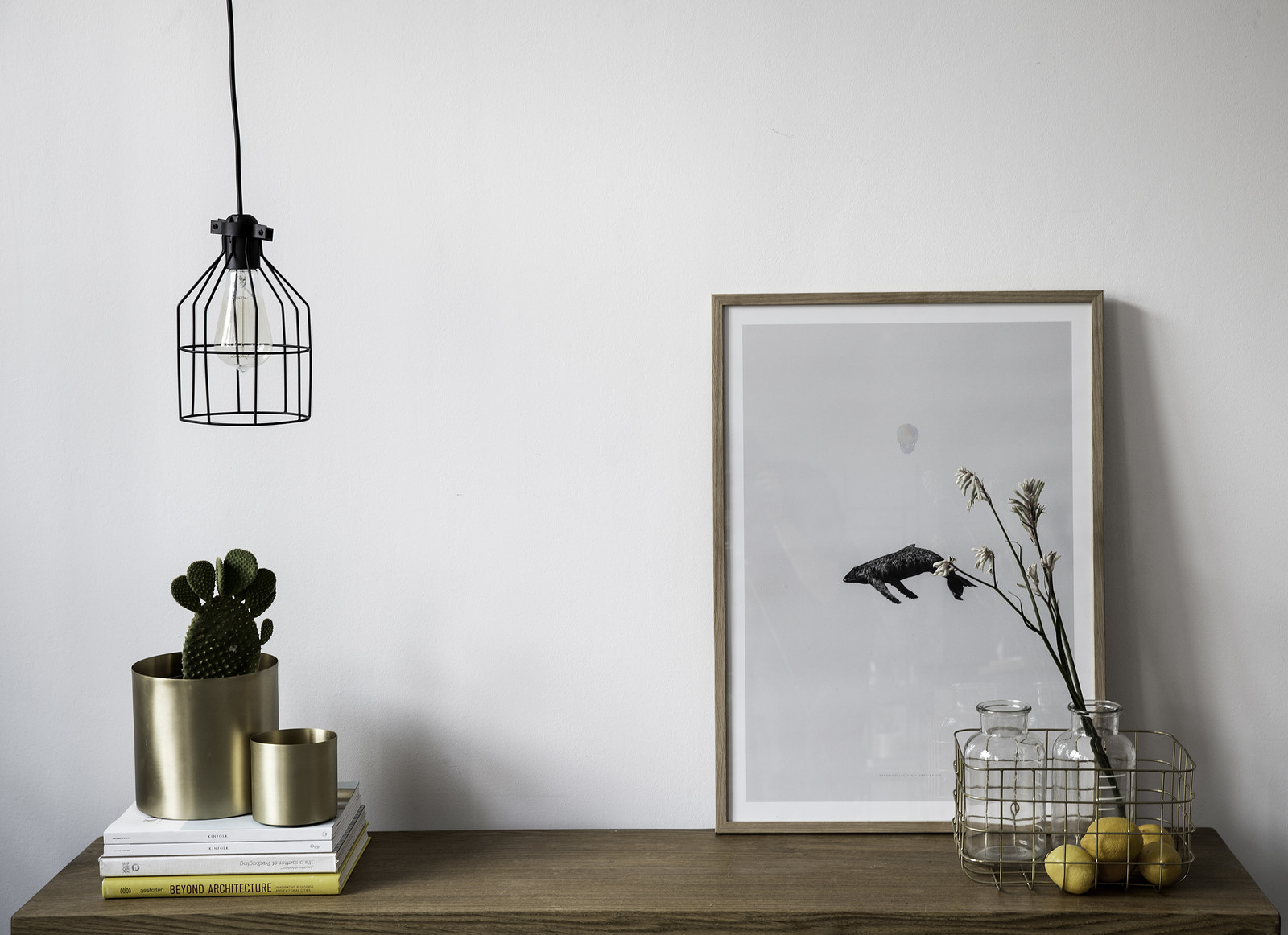Brass
Bright and Brilliant


Brass has remained a classic throughout its entire history dating back to ancient artifacts, jewelry and art.
First produced in Babylon and Assyria around 5000 years ago, the use of brass is far from over and provides many uses today. The manufacturing methods and types of brass have steadily changed over the last few centuries making production and functionality more versatile and efficient.
Brass is officially a copper alloy that consists of a minimum of 72% copper and 5-45% zinc. Zinc is responsible for the colour of the metal, the higher the zinc content, the brighter and more golden the brass appears. Special brasses are created by adding further quantities of metals such as aluminum or lead.
At about 900 degrees, brass will reach its melting point, however if let to reach 907 degrees, hazardous fumes resulting in zinc poisoning can occur.
Brass is easy to mold, easy to clean (soap and water is often enough for the surface), yet durable. In both the industrial and crafting industries, the material has proved to be very popular. Until 2001, five and ten cent pennies of the DM were produced with the help from brass. For music instruments, especially gold brass, it provides the instrument a broader, fuller tone due to the high amount of alloy.
For the production of fashion jewelry, often a special brass called Talmi Gold is used and is made from an assortment of tin and lead. To make the metal appear of a higher quality the alloy is often plated with gold at the end.
Today especially brass with a high zinc content is popular for home accessories. Whether it's trinkets, cutlery, containers, an accent colour or mixed with a combination of wood or marble, brass enhances everyday homes and provides a modern elegance.